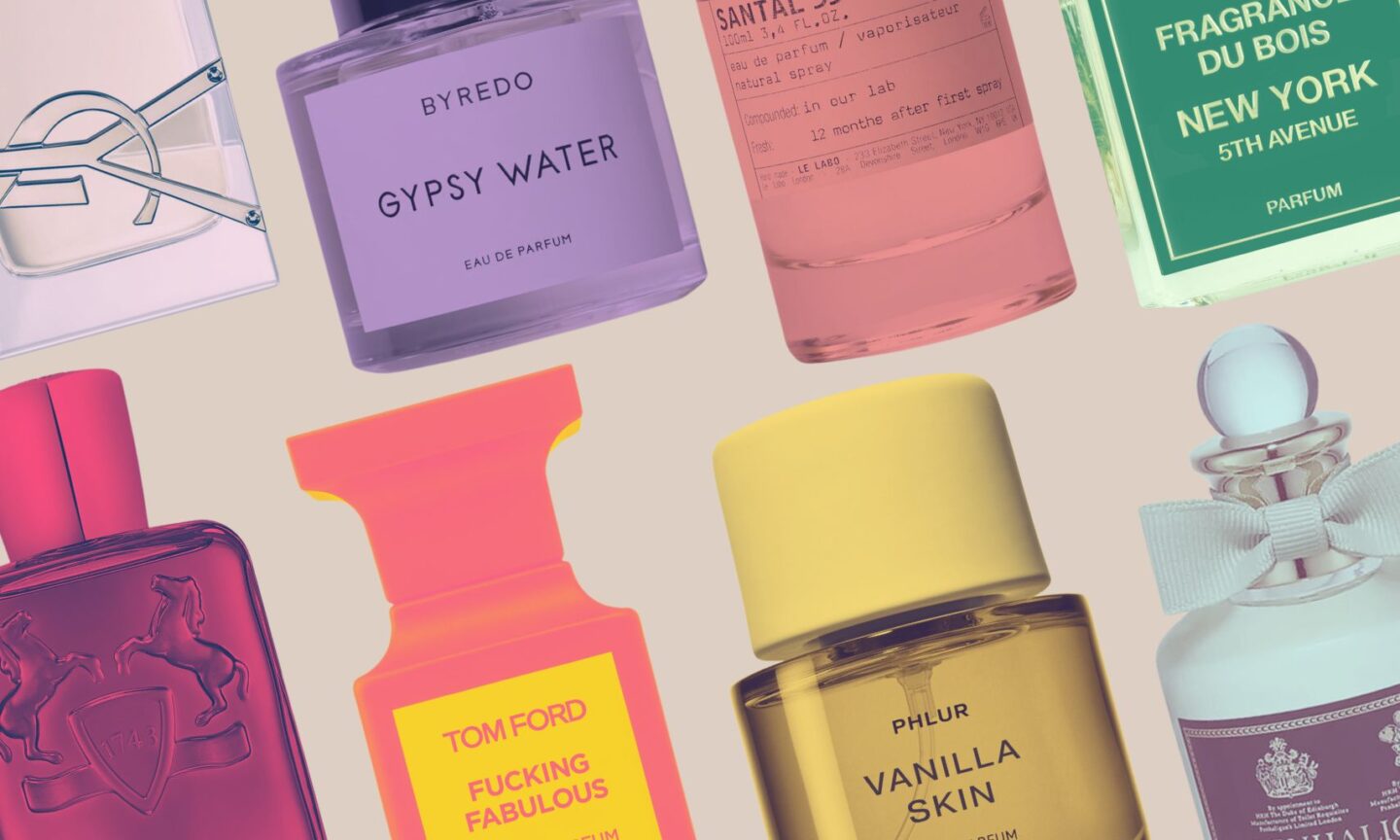Fragrance Trends That Will Define 2025

2024 was an impressive year for the fragrance industry, marked by increased revenue growth and the emergence of new trends and technologies, including AI innovations, mood-enhancers, and niche notes.
According to a report by Matter Of Form, fragrance is set to become the third-fastest-growing category in beauty, following cosmetics and beauty tech, accounting for 9.3% of all beauty sales. By 2028, the global fragrance market is projected to reach an impressive £52.8 billion. While mass-market fragrances remain dominant, the premium segment is poised to experience the fastest growth in the coming years.
Amid this boom, we spoke with Jonnie Swarbrick, Creative Director of the luxury fragrance house Fragrance Du Bois, to uncover the fragrance trends set to define 2025.
For Swarbrick, 2025 will see tradition and innovation collide, with the industry embracing fragrance trends that push boundaries while still respecting heritage. “Musk and oud will dominate, with a shift towards sheer, natural-smelling interpretations of these classic materials,” he explains. “Neo-gourmands will continue to rise, introducing unexpected edible notes like popcorn and blending them with floral and woody accords.” Swarbrick also notes that florals are set to make a strong comeback, reimagined in fresher and more multifaceted compositions, while savoury scents will rise in popularity with their distinctive and unconventional profiles. This blend of the familiar and the avant-garde is said to shape the year ahead.
Floral Resurgence
Florals are set to make a strong comeback in 2025, but with a renewed focus that moves away from traditional interpretations. According to Swarbrick, rose will take centre stage but in a completely new light. “Rose will be presented in fresher, more natural forms, shedding its traditional powdery image,” he notes.
It’s not just rose that’s undergoing a transformation. Jasmine and tuberose will evolve as well, with Swarbrick predicting they’ll adopt “lighter, transparent qualities, appealing to modern sensibilities.” These reimagined takes on classic blooms reflect a broader shift in consumer preferences towards understated elegance.
“Exotic blossoms like ylang-ylang and frangipani will bring tropical and solar dimensions, aligning with escapism trends,” Swarbrick adds. “Overall, florals will evolve into dewy, airy profiles that feel contemporary and versatile, offering a modern take on timeless elegance.”
Grown-up Gourmands
Swarbrick highlights the enduring appeal of gourmand fragrances, which will remain a dominant trend in 2025. He notes, “Gourmand fragrances will continue to captivate, with new interpretations keeping the category fresh and exciting.” According to Swarbrick, we should expect to see more savoury notes, such as roasted nuts, adding complexity to traditional gourmands. Creamy, dairy-inspired notes will also gain traction, evoking comforting nostalgia.
“Exotic spices such as saffron and cardamom will further enhance the gourmand palette, offering warmth and depth,” Swarbrick adds. “These emerging trends reflect the modern gourmand—a balance of indulgence and sophistication that appeals to evolving consumer tastes.”
Savoury Scents
In contrast to gourmands, 2025 will also see an increased interest in savoury fragrances. “Expect scents to incorporate unconventional, food-inspired notes that lean away from sweetness and towards aromatic or umami elements. These might include accords inspired by herbs, spices, or even smoked woods,” explains Swarbrick. “Their appeal lies in their ability to evoke complex, multi-sensory experiences, providing a distinctive signature for the wearer.”
Swarbrick recommends savoury scents to those seeking originality in their fragrance choices, as they offer a “bold and intriguing alternative to traditional sweet or floral perfumes.”
Oud Reimagined
Although oud will remain a cornerstone of the luxury fragrance market, Swarbrick expects the woody base note to undergo significant innovation and sustainability efforts in 2025. He envisions a lighter, more accessible future for this traditionally rich and opulent ingredient. “Lighter interpretations of oud will emerge, creating airy yet rich profiles that appeal to a broader audience,” he explains.
This evolution will also see oud reimagined through unexpected pairings. “Blends that pair oud with contrasting elements like florals or fresher notes will also gain popularity, offering a modern twist on this traditional material,” Swarbrick adds. These combinations aim to bring balance and freshness to a note often associated with intensity and depth.
Sustainability will play a crucial role in this transformation. As Swarbrick points out, “Ethical sourcing and transparency in oud production will further enhance its appeal, aligning with the values of the contemporary luxury consumer.” These efforts will not only enrich oud’s appeal but also solidify its place as a symbol of innovation in the fragrance industry.
All products featured on this page have been hand-picked by our editorial team. However, we may earn a commission on some items. If you purchase something through a link on our site, BeautyNewsDaily may earn an affiliate commission.